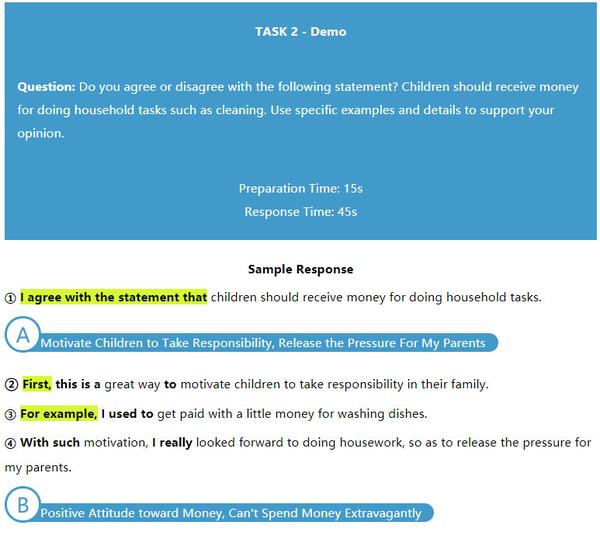Understanding Title 4 Loans: A Comprehensive Guide to Financing Your Education
Guide or Summary:What Are Title 4 Loans?Types of Title 4 LoansEligibility for Title 4 LoansApplication ProcessRepayment Options**Title 4 Loans** (Title IV L……
Guide or Summary:
- What Are Title 4 Loans?
- Types of Title 4 Loans
- Eligibility for Title 4 Loans
- Application Process
- Repayment Options
**Title 4 Loans** (Title IV Loans) are a crucial aspect of the financial aid landscape in the United States. These loans are designed to help students cover the costs of their education, including tuition, fees, room, board, and other related expenses. In this guide, we will delve into the details of Title 4 Loans, including eligibility, types, application processes, and repayment options.
What Are Title 4 Loans?
Title 4 Loans refer to federal student loans that are part of the Title IV of the Higher Education Act of 1965. This legislation established a framework for federal financial aid programs, including grants, work-study, and loans. Title 4 Loans are primarily aimed at helping students who demonstrate financial need, making higher education more accessible to individuals from diverse economic backgrounds.
Types of Title 4 Loans
There are several types of Title 4 Loans, each with its own features and benefits:
1. **Direct Subsidized Loans**: These loans are available to undergraduate students with financial need. The government pays the interest on these loans while the student is in school, during the grace period, and during deferment periods.
2. **Direct Unsubsidized Loans**: Unlike subsidized loans, these are available to all students regardless of financial need. The borrower is responsible for paying the interest at all times, which can lead to higher overall costs if not managed properly.
3. **Direct PLUS Loans**: These loans are available to graduate students and parents of dependent undergraduate students. They can help cover the total cost of education minus any other financial aid received. However, PLUS loans require a credit check, and interest rates are typically higher than those for subsidized and unsubsidized loans.

4. **Direct Consolidation Loans**: This option allows borrowers to combine multiple federal student loans into a single loan, simplifying repayment and potentially lowering monthly payments.
Eligibility for Title 4 Loans
To qualify for Title 4 Loans, students must meet certain eligibility criteria:
- They must be enrolled in an eligible degree or certificate program at a participating institution.
- They must complete the Free Application for Federal Student Aid (FAFSA) to determine their financial need.
- They must be a U.S. citizen or an eligible non-citizen.

- They must maintain satisfactory academic progress in their program.
Application Process
The application process for Title 4 Loans begins with completing the FAFSA. This form collects financial information to assess the student's eligibility for federal financial aid. Once the FAFSA is processed, students will receive a Student Aid Report (SAR) detailing their Expected Family Contribution (EFC) and eligibility for various types of aid, including Title 4 Loans.
After receiving the SAR, students should contact their school's financial aid office to discuss their loan options and any additional documentation required. Schools will provide a financial aid package that outlines the types of aid available, including Title 4 Loans, and the amounts offered.
Repayment Options
Repaying Title 4 Loans can vary based on the type of loan and the borrower's financial situation. Here are some common repayment options:
- **Standard Repayment Plan**: This plan typically involves fixed monthly payments over ten years.

- **Graduated Repayment Plan**: Payments start lower and increase every two years, also over a ten-year period.
- **Income-Driven Repayment Plans**: These plans adjust monthly payments based on the borrower's income and family size, making it easier for those with lower earnings to manage their debt.
- **Deferment and Forbearance**: Borrowers facing financial hardship may qualify for deferment or forbearance, allowing them to temporarily pause or reduce their payments without defaulting on their loans.
In conclusion, Title 4 Loans play a vital role in making higher education affordable for many students in the U.S. Understanding the types of loans available, eligibility requirements, application processes, and repayment options can empower students to make informed financial decisions regarding their education. By leveraging these resources, students can work towards achieving their academic goals without the overwhelming burden of student debt.